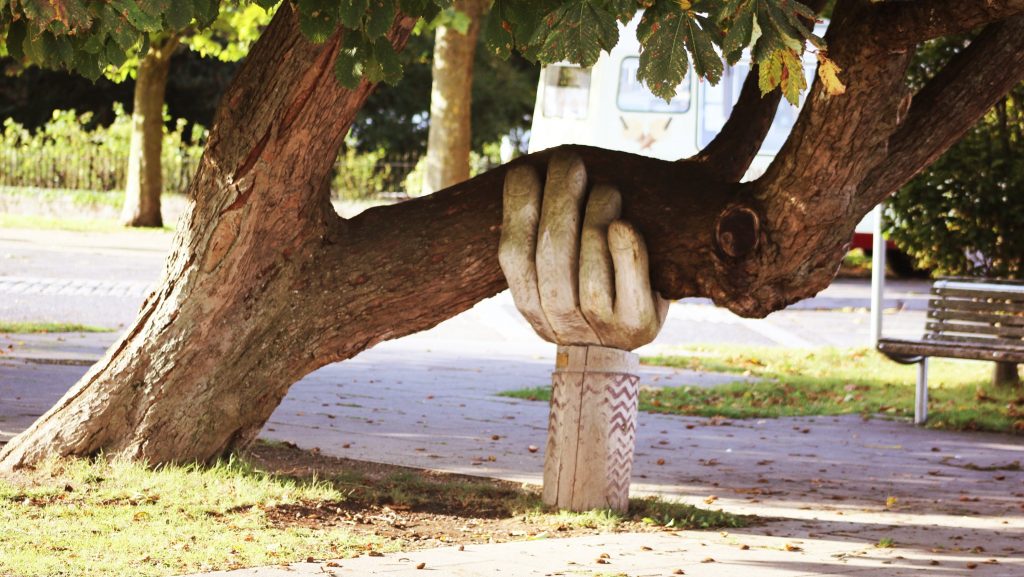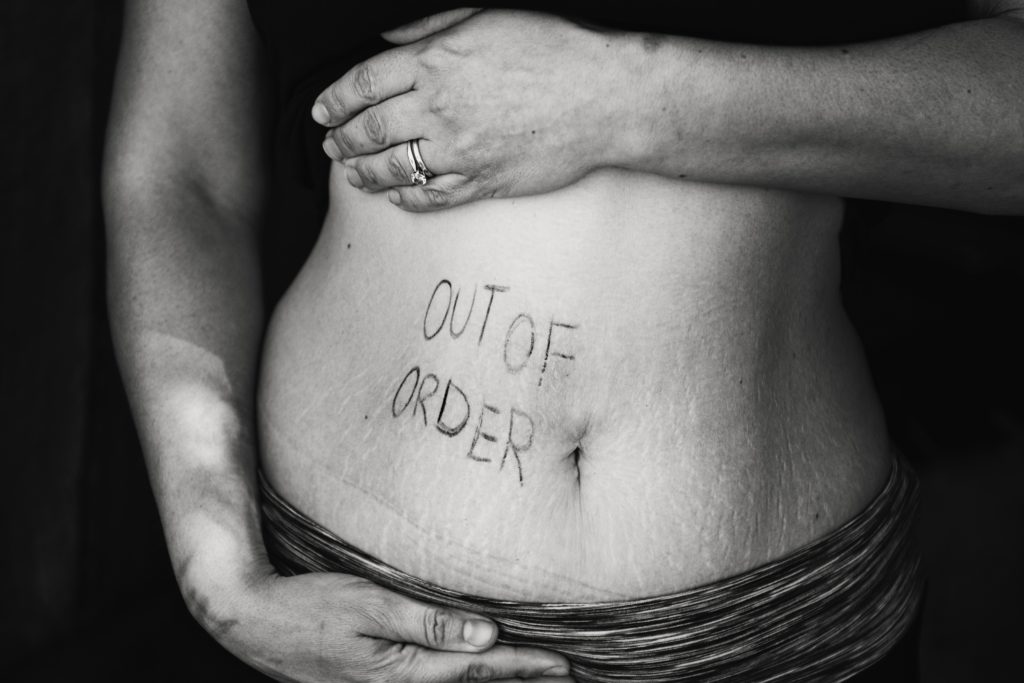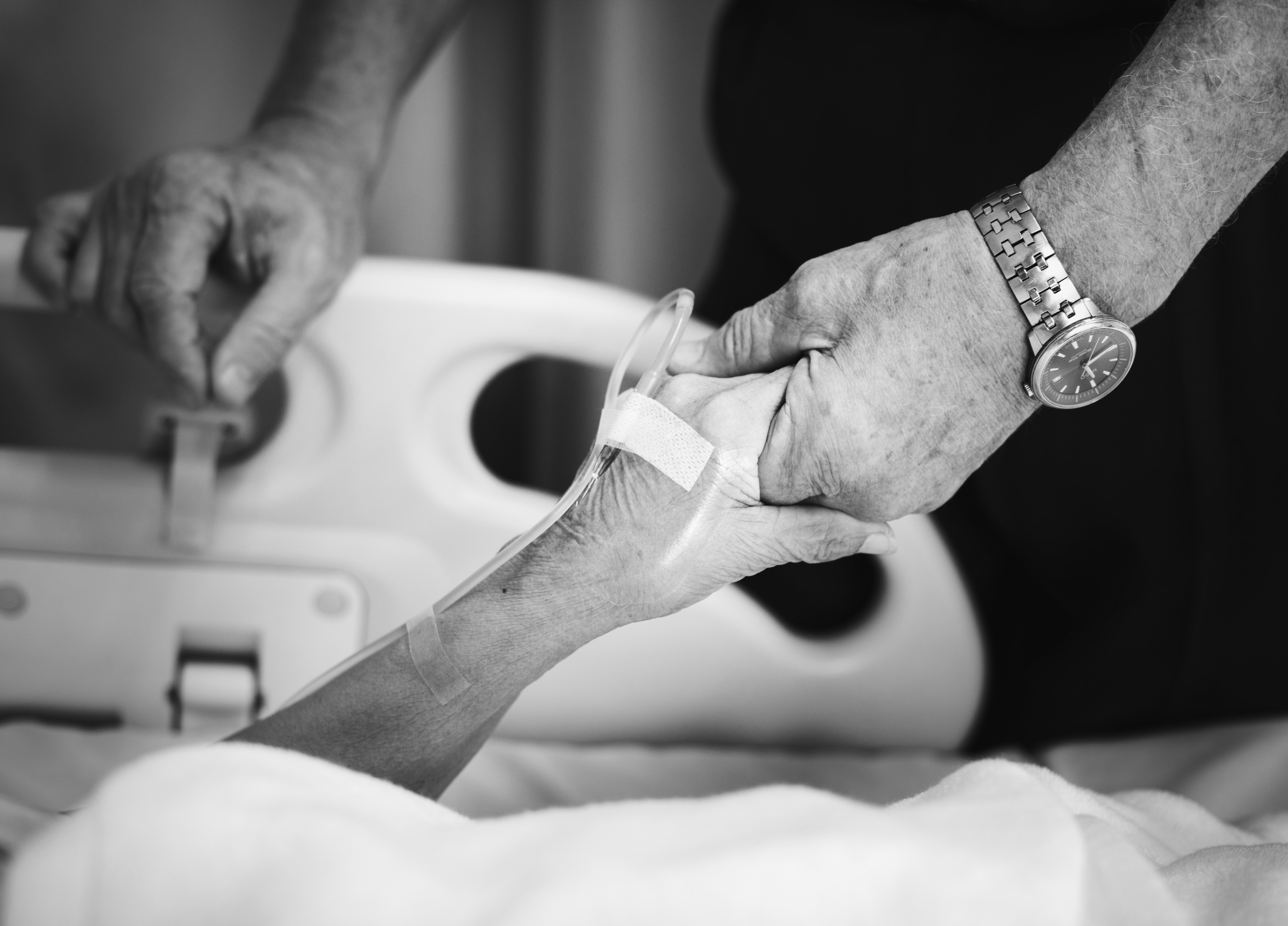What is primary sclerosing cholangitis, how is it connected to IBD, and why is there an organ shortage for those on the liver transplant list?
I’ll answer all these questions in today’s PSC Awareness Day blog post and share how you can support the PSC community—even if you don’t know anyone with the disease!

What is Primary Sclerosing Cholangitis?
PSC, short for primary sclerosing cholangitis, is a rare, progressive, non-alcohol-related, autoimmune liver disease.
With PSC, your body attacks your own bile ducts inside and outside the liver, causing them to become inflamed. Inflammation causes the bile ducts to narrow and trap the bile inside the liver, creating a host of life-threatening problems.
Like ulcerative colitis and Crohn’s disease, PSC is chronic. Also like IBD, its cause is unknown. There are only about 35,000 people in the United States who have PSC.
Why are inflamed bile ducts dangerous?
Your bile ducts transport bile (a fluid that helps digest food) from the liver to the intestines. When the ducts are inflamed, they can’t work properly; this leads to scarring and narrowing of the ducts, which can eventually lead to blockages.
Blockages trap bile inside the liver, which further progresses the disease toward fibrosis (early stages of scar tissue) and cirrhosis (severe scar tissue and impaired functions) of the liver. This leads to liver failure and the need for a liver transplant.
Ultimately, bile duct inflammation > narrowing > blockages > fibrosis > cirrhosis > liver failure

What Are the Symptoms of PSC?
- Severe abdominal pain
- Right upper quadrant pain: Known as RUQ pain, can range from dull to sharp pains beneath the rib cage where the liver sits
- Nausea
- Extreme fatigue
- Pruritus: Insatiable itching. Occurs when bile seeps into the bloodstream—it’s technically your blood that’s itching
- Jaundice: The yellowing of eyes and skin, due to accumulation of bile
- Chills, fever, and night sweats
- Cholangitis attacks: infection of the bile ducts. This requires immediate medical attention
- Hepatic Encephalopathy: A condition associated with chronic liver disease
- A neurological disorder that alters your level of consciousness and causes extreme brain fog. This is more common in patients with cirrhosis
- Additionally, PSC increases the patient’s risk of developing colorectal cancer, gallbladder cancer, and bile duct cancer called cholangiocarcinoma.

The 4 Stages of PSC
There are four stages of PSC, and each stage naturally progresses over the course of 5 years on average. However, each PSC case is incredibly unique and the progression can be vastly different from patient to patient.
Here are the four stages of PSC. I pulled the descriptions below from PSC Partners Seeking a Cure page called “Diagnosing PSC”:
Stage 1: Cholangitis or portal hepatitis
A small amount of fibrosis (scarring) is limited primarily to regions in the liver called “portal areas.”
Stage 2: Periportal fibrosis or periportal hepatitis
Fibrosis begins to appear outside the portal areas. The strands of fibrosis are not yet connected to each other.
Stage 3: Septal fibrosis
Areas of fibrosis begin connecting to one another.
Stage 4: Biliary cirrhosis
Widespread, honeycomb-like scarring, known as cirrhosis, spreads throughout the liver.
Are There Treatments or a Cure?
Currently, there are no FDA-approved therapies and the procedure that can be a cure for some is a liver transplant.
Off-Label Therapy: Vancomycin
The drug vancomycin has been proven to return elevated liver numbers to normal, decrease or eliminate symptoms, and even stop the disease from progressing! However, because of several factors that affect its efficacy, including brand and dose, the FDA has not yet approved it for treating PSC. Thankfully, it can be taken off-label.
I have been taking vancomycin since January 2018 and I feel amazing. I’m working with a group of other PSC advocates to help make vancomycin more accessible to patients. You can learn more about this in my PSC Hub.
Liver Transplant
Many patients not on vancomycin will need a liver transplant. Transplants are miracles that give people a second chance at life. Unfortunately, many patients pass away on the waiting list because there is an organ shortage.
In 2019, the United Network for Organ Sharing (UNOS) reported that 8,896 people received liver transplants for a variety of liver diseases; sadly, there’s an average of 12,500 people on the transplant waiting list.
A liver donor can either be deceased or alive, so please consider registering to be a donor. Only a portion of the donor’s liver is needed, and it will grow back to its original size over several months!

How Does PSC Relate to IBD?
- About 80% of PSC cases are found in individuals with IBD (about 80% UC, 10% Crohn’s, and 10% indeterminate colitis)
- Only about 5% of IBD patients will develop PSC
- So, most people with PSC have IBD, but only a small percent of people with IBD will get PSC
Living With an Unofficial PSC Diagnosis
At the time I’m writing this (October 2018), my GI has not officially named me a PSC patient because PSC is tricky. It’s an elusive disease. It sometimes presents symptoms, and other times it doesn’t. This makes it difficult to officially diagnose someone. There are medical reports suggesting that I do have the disease and that I might not have the disease.
Suggestions that I do have PSC
- My blood work results came back showing high liver enzymes
- My ultrasound showed high levels of fat in the liver, which is common in PSC patients
Suggestions that I may not have PSC
- On November 8th, 2017, I had an MCRP, a special type of MRI that looks for obstructions, inflammation, infections, and tumors. Mine was normal.
- I had a specialized blood test called a FibroSpect that suggests what stage of liver disease you’re in. But here’s the catch: it either tells you if you’re in Stage 1 OR in Stage 2, 3, or 4. So if your results are the latter, you don’t know if you’re in Stage 2, 3, or 4. If your results are the former, you’re either in Stage 1 or you don’t have the disease at all.
My results read Stage 1.
So, as you can see, half the results came back positive and the other half were negative, making it very difficult to diagnose one way or the other.
I’m currently working with my doctor and discussing further procedures we can do to give us a definite answer.
Why I Raise Awareness
But I want to use this blog post to raise awareness for those out there who have PSC and for those like myself who are currently seeking a diagnosis.
For those suffering from nausea and pain daily.
For those who can’t remember the purpose of a TV remote due to Hepatic Encephalopathy.
For those in Stage 4 who are on the liver transplant list and are fearful if a liver donor match will be found in time.
2 Ways You Can Help People in the PSC Community
If this is something that tugs on your heartstrings, there are two great ways to get involved.
1. Register to become an organ donor
There are thousands of people on the liver transplant list who are in need of a donor match. Please consider registering. It’s super easy! You can register in about 2 minutes here on the Donate Life website.

2. Share my PSC Hub link with your friends and on social media
I created the PSC Hub—a designated section on my website—to provide scientifically accurate information about vancomycin for PSC. This medication saved my life, and it breaks my heart to see so many patients unable to try it due to insurance barriers.
I am working hard to make vancomycin more accessible to PSC patients, but until that day, I provide practical tips to help others advocate for themselves.
Please check it out and help me spread the word! My life was saved by vancomycin, and I want to pay it forward.
Related Posts
Leave a Reply